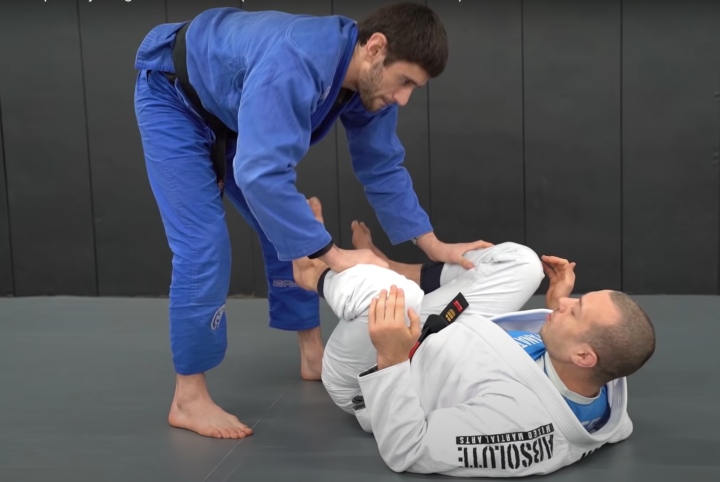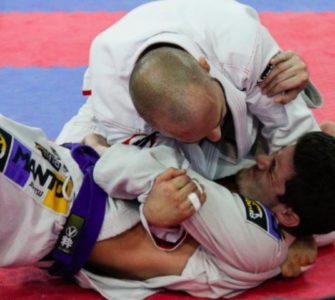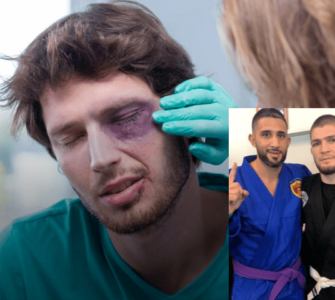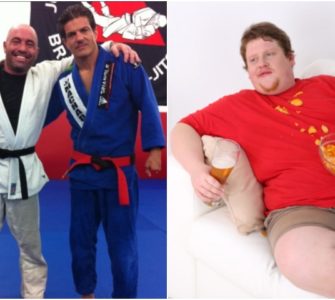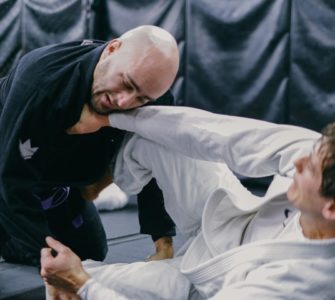Watching someone with a fantastic Open Guard roll is so amazing! Looking at their ability to impose control, sweeps, to defend against guard passes, and to even go for submissions directly… Just makes you want to have a well-developed Open Guard as well, doesn’t it?
But, what if your Open Guard kind of sucks? What if it’s – quite possibly – the worst thing about your game?
There are a ton of things that you could do to make your Open Guard better. But if you’re just looking to go from „I suck“ to „I’m actually decent at this“, then read the following 4 basic reasons why your Open Guard is so horrible.
YOU’VE GOT NO PLAN OF ACTION
If you don’t have a clear plan of action – if you don’t have a certain approach to playing Open Guard – you’re set to fail from the get-go.
This doesn’t just mean that you should have a detailed plan of what you’re going to do. That certainly helps, but if you’re a beginner (white or blue belt), your primary focus should be on actually trying something out.
So many Jiujitieros are lazy about their game. They’re passive and wait for their training partner to do something, so that they can react.
This is no way to play the Open Guard. If you wait for your training partner to engage you, then you’re not playing Open Guard – you’re getting your guard passed. So, it’s of vital importance that you figure out what you want to try out before the roll takes place; and then go for it.
Be proactive!
YOU AREN’T CREATING THREE POINTS OF CONTACT
When in Open Guard, you ultimately want to sweep your opponent. So, you need to learn a proper number of sweeps and sweep setups. However, it’s more important to know that for the vast majority of sweeps you need to set up three points of contact.
Be it a sleeve, an ankle and a foot on the hip, or two sleeves and a foot on the hip, or whatever else… You should always seek to establish three points of contact when in Open Guard. Always.
Even better if you get a fourth point of contact – in that case, you should be able to sweep your training partner immediately.
Now that you know this concept, look for it in the sweeps you’re learning. And seek to apply it at all times.
YOU AREN’T FIGHTING FOR GRIPS
Grips are extremely important in Jiu-Jitsu, all across the board. But they’re even more important when it comes to Open Guard.
Your objective should be to establish grips first. And not just any grips. They can’t be passive, but they have to serve a purpose, they have to be dominant, and they must be actively engaged.
If your training partner establishes dominant grips first, then you are going to get your guard passed. Therefore – get your grips as soon as possible.
YOUR OPEN GUARD DOESN’T CREATE KUZUSHI
Ah, the cool words that the world of martial arts has. One of the coolest – and most useful – words there are, for Brazilian Jiu-Jitsu at least, is the Kuzushi.
Kuzushi, or an act of imbalancing your opponents, is the foundational force of the Open Guard game. You need to engage against your opponent in such a way that he/she is always imbalanced!
Always be pushing and pulling them, go from one sweep attempt to another, make them worry about everything you do… Do everything that you can to make their base and posture weak.
With their base and posture compromised, you will be able to finally sweep them.
Lachlan Giles and Ariel Tabak show you a total technical gameplan for keeping your guard against any over or around-style of pass.
- Defend torreandos, stack passes, leg drags, and more with tips on how to keep the guard, improve position, and get back on attack.
- ADCC Absolute medalist Lachlan Giles teams up with his guard retention specialist and black belt Ariel Tabak for this 8-part instructional release.

